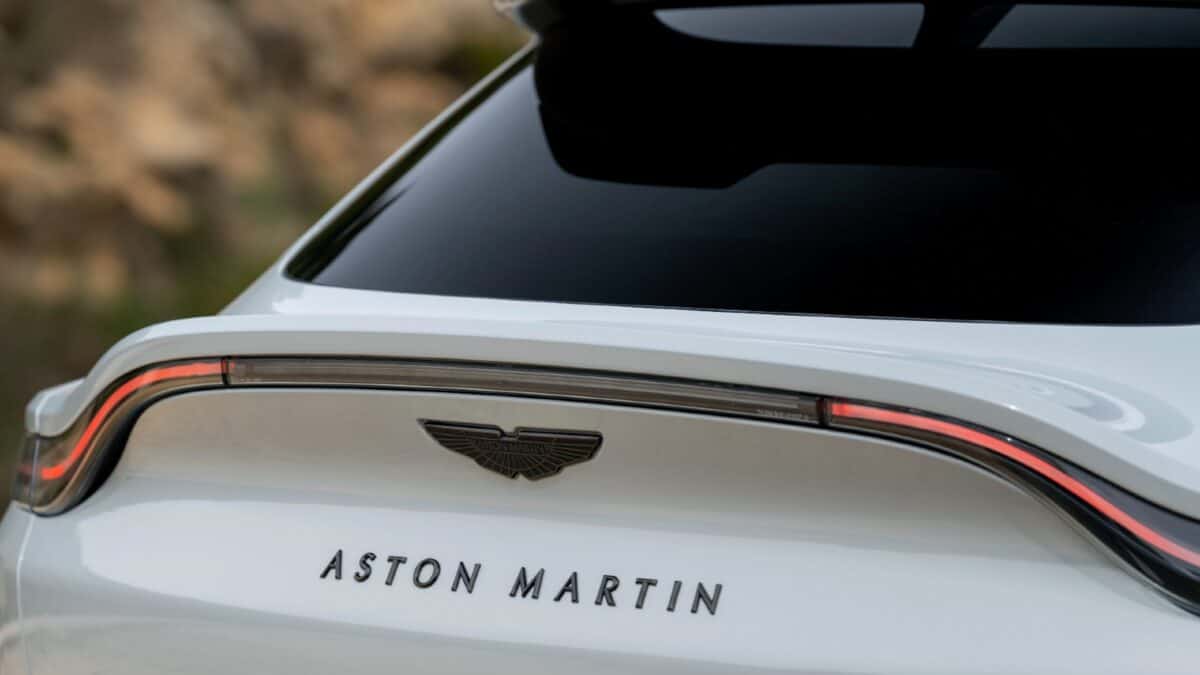Image source: Getty Images
So far, Raspberry Pi (LSE: RPI) has certainly been a sweet-tasting investment. On the day the budget computer maker listed in London earlier this month, priced at £2.80, shares soared at one point as much as 40% above the listing price. Raspberry Pi shares are still trading around a third higher than the listing price.
Did the underwriters of the listing price them too cheaply? I think so: such a jump suggests a higher price could have worked.
But that is now water under the bridge. As an investor, the question I am asking myself is whether I ought to add Raspberry Pi shares to my portfolio in the hope of future price growth.
Setting a long-term target
As a believer in the long-term approach to investing, I tend to ask myself how well I think a share might perform over the course of years.
If Raspberry Pi shares can go up another 33%, as they have done since listing, they will hit £5. If the share price can go up by less than 6% each year, it would have topped £5 by 2030.
That might not sound exciting. After all, the company does not yet pay a dividend and 6% annual growth is little more than the current interest rate set by the Bank of England. Putting my money in a bank would carry almost no risk of capital loss, unlike buying shares of any company.
Then again, Raspberry Pi is a rare British technology success story on the London market right now. Its simple computers have been enormously popular with budget shoppers, while the straightforward nature of their design means that there is a host of possible uses that could help spur growth.
Remember when Apple launched the iPad, people asked why anyone would want what seemed like an oversized smartphone. Nobody asks that nowadays, with iPads used in swathes of situations from hotel check-ins to warehouse management.
I think Raspberry Pi has a huge untapped market. Last year sales rose 41%, following a 34% jump the year before that.
Upbeat about the business – what about the shares?
A strong brand, unique market positioning, and proprietary technology could keep the Raspberry Pi ecosystem growing at pace. That may be good for the company. Reported profits last year were $31.6m and I think they could grow in future.
But that puts Raspberry Pi shares on a current price-to-earnings ratio of 29. That looks pricy to me. A price of £5 would imply a prospective P/E ratio of around 39.
Again, that looks pricy to me even on a timescale of over five years.
We have seen the business growing quickly. If earnings per share can grow fast enough, the prospective P/E ratio would fall and a £5 price by 2030 could certainly be possible, if not sooner.
However, I see a risk that another company may try to ape the business model and focus on even lower manufacturing costs. Raspberry Pi had a head start, but do did Sinclair and Amstrad in the 1980s.
There is a lot to like here, but the valuation is a bit rich for my tastes at the moment. So I will not be investing.
Credit: Source link













